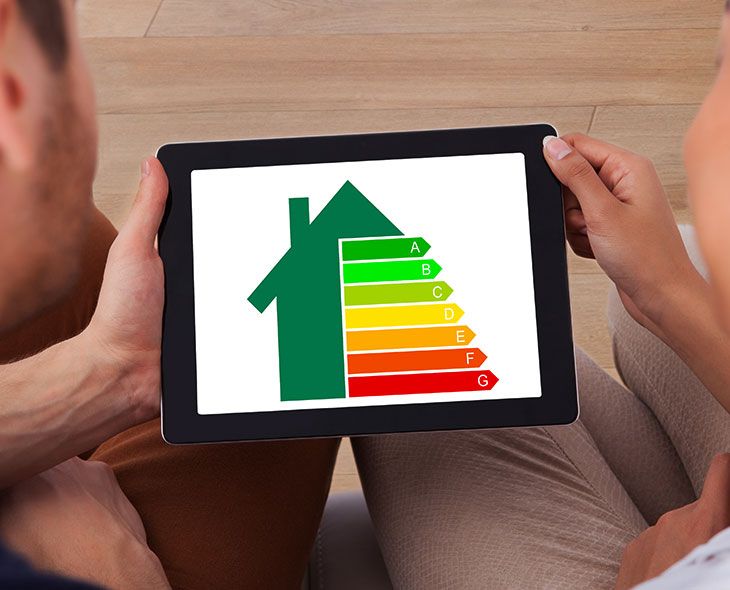Choosing high efficiency
Since their introduction in the consumer world, energy labels have been a precious tool to allow a more conscious purchase of new home appliances such as washing machines
Starting from March 1st 2021, a new A to G scale was introduced in order to adapt to the new technological developments. This marked the end of the confusing A+, A++ and A+++ classification.
Energy labels now see A as the highest class and G as the lowest. But what exactly does it mean to buy a top energy class washing machine and why should you prefer it over a lower class?
Explaining energy labels
Let’s start from the basics. Together with the efficiency Class in a scale from A to G, energy labels will give you some more information. You will find a QR code that will redirect you to the European Product Registry for Energy Labelling (EPREL) in order to consult energy labels compliance information and download the product information sheet. For some appliances, for example washing machines, you will also find the noise-rating emitted during the spin cycle expressed in dB(A), the maximum load capacity, the program duration in full load conditions, the weighted energy consumption in kWh/100 and other useful information to keep consumptions under control.
Saving energy and protecting the environment
Why is choosing a high class appliance so important? Energy ratings are a way of measuring the amount of energy an appliance uses and how efficient it is measured in kilowatt hours (KWh). A high efficiency washing machine uses less electricity to achieve the same level of performance of similar models with the same size or capacity. This means that the more a model is energy efficient, the less energy it will use and the less it will cost you to run. More specifically, it is estimated they use at least 50% less water than low efficiency models and about 20 to 50% less of the energy.
Hoover H-WASH 500 is a great choice if you’re considering going towards a top efficiency washing machine. Thanks to its Power Inverter Motor, it reaches the A Energy Class helping reduce consumption starting from 51% compared to a G Class and therefore saving energy and money on your bills while also protecting the environment.
Extra steps for extra efficiency
There are other actions you can take to reduce your consumption. For example, you can wash your clothes when is more convenient. Check the time when electricity tariff rates are minimum and do your laundry during that time. Plus, you can use High-Efficiency (HE) detergent. They are specifically formulated for high energy class washing machines that use less water. In fact, regular detergents produce too many suds and require more water to repeatedly rinse laundry.


